The new Minecraft Trails and Tales update is coming out very soon, and one of its biggest addition is the new mob camel. They are brand-new passive ridable mobs that players will get to play around with. This pushes the number of ridable mobs in Minecraft to 8.
In this article, Gurugamer is going to showcase everything you need to know about the new Camel mob in Minecraft 1.20 Trails and Tales.
Table of Contents
1. Camels spawn near Desert Villages
Unlike the usual mobs in Minecraft which spawn randomly in the wild, Camels can only be found in desert villages. This means getting a desert village seed is pretty much the fastest way to experience all the content 1.20 has to offer.
A camel spawns in the center of each desert village during world generation. They do not respawn if they are killed.
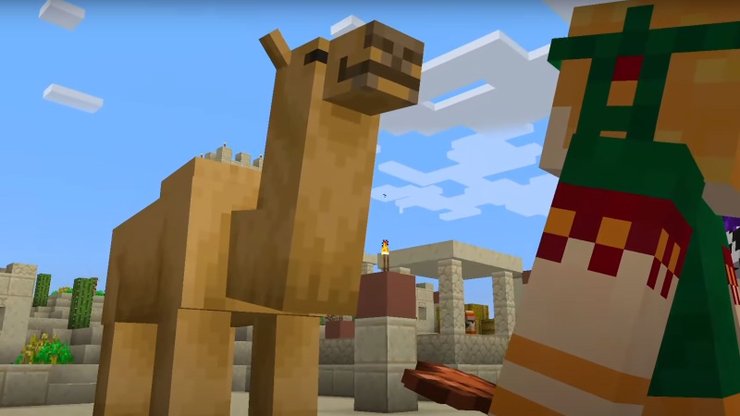
To locate camels, firstly players will need to find the desert biome. It is possible to find a Desert by generally walking around the main mass of land they've spawned in (unless they've spawned on a small island). A good place to look for a Desert Biome is near Jungle Biomes, as Deserts have a tendency of spawning frequently around them.
Afterward, players need to find the village in the desert. If the world has Cheats enabled, it is possible to locate both the biome and the village inside it with the following console commands:
- /locate structure
- /locate biome
2. Two players can ride a camel together
Players can prep a camel for riding by putting a saddle on it. Just like a horse, a camel's inventory can be accessed by riding it and opening the player's inventory or by sneaking and then pressing the "open inventory" button.
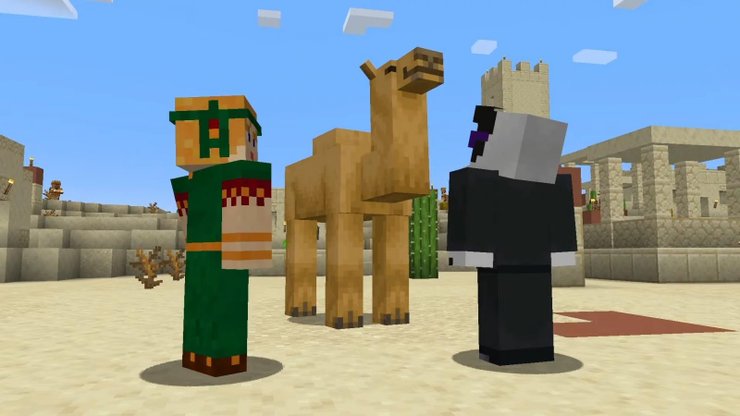
One of the most fascinating and exciting features of a camel in Minecraft is that two people can sit on it simultaneously. This should be a popular feature in multiplayer servers. While riding, the backseat player can use a bow and arrow.
3. Camels have the dash ability
Unlike other ridable mobs that can jump (horses, donkeys, mules), the camel has the ability to dash instead.
When dashing, the camel launches up to 12 blocks forward and one block upward. This action can be performed every 2.75 seconds and has the same hotkey as a jump.
This feature makes the camel the best mob to cross the vast, flat terrain of the desert biome. This new movement was first showcased at Mojang's annual event, where a camel was shown dashing to avoid falling into a ravine.
4. Players can't be attacked while on a camel
A camel is tall enough that its riders cannot be reached from the ground by many melee-attacking hostile and neutral mobs, who will not attack the camel.

However, in exchange for this advantage, the camel has some erratic behavior built in. They can sometimes randomly sit and not move, even when players are riding them. This correlates pretty well with real-world camels, which are not the most active animals.
While camels can be made to run, they prefer to stroll slowly to their destination. This behavior is replicated perfectly in Minecraft, with the camel having a slow default movement speed and a surprisingly fast sprint.
Additionally, camels can walk over 1.5-block-tall obstacles (such as fences and blocks with a slab on top).
5. Camels eat cacti to breed
After getting the first pair of camels, players should be able to get them to breed by feeding cacti to them. When two camels mate, a few XP points will be dropped for completing the breeding process, followed by a baby camel spawning. Once they breed, each of them will get a five-minute cooldown before they can breed again.
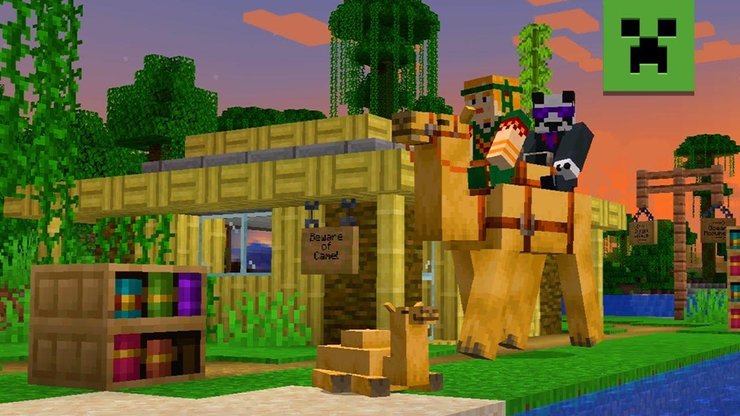
They are attracted to cacti and will follow players who are holding a cactus block. Camels are healed by 2 health points each time they are fed a cactus, but they can also regenerate health naturally.
About the 1.20 Update
The name of the update was revealed in Minecraft Monthly on March 2, 2023. There's no release date for Trails & Tales' full launch across all platforms yet, but it's due to arrive "later this year".
All of its features are currently available to test as part of Minecraft's Bedrock betas and previews, and Java Snapshots.
>>> Read more: How To Find Pottery Shards In Minecraft 1.20 Trails & Tales Update
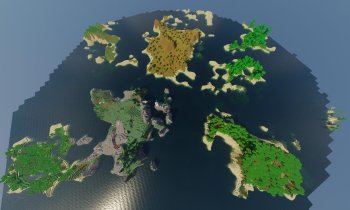
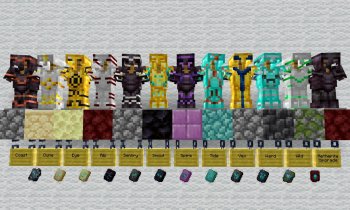








Comments